In a strategic move to bolster its global logistics capabilities, A.P. Moller-Maersk has finalized the acquisition of the Panama Canal Railway Company (PCRC). The deal marks a significant step in Maersk’s ongoing efforts to enhance its end-to-end supply chain solutions, particularly in one of the world’s most critical trade corridors. The acquisition underscores the company’s commitment to integrating rail and maritime logistics, ensuring seamless connectivity for its customers across continents.
The Panama Canal Railway has long been a vital link in global trade, offering an efficient alternative to the Panama Canal for cargo movement between the Atlantic and Pacific Oceans. By taking control of this infrastructure, Maersk gains a competitive edge in managing cross-continental freight flows. The railway’s 47-mile track provides a reliable and swift transit option, complementing Maersk’s existing ocean and land-based logistics network. This acquisition is expected to reduce transit times and improve supply chain resilience for clients navigating the often-congested Panama Canal.
Industry analysts view this move as a calculated response to the growing demand for diversified logistics solutions. With global supply chains facing unprecedented disruptions—from port congestion to geopolitical tensions—companies are increasingly seeking integrated transport options. Maersk’s ownership of the PCRC allows it to offer customers a more predictable and efficient route, mitigating risks associated with over-reliance on maritime channels alone. The railway’s capacity to handle containers, bulk cargo, and refrigerated goods aligns perfectly with Maersk’s broader strategy of providing end-to-end logistics services.
The Panama Canal Railway’s historical significance cannot be overstated. Originally completed in 1855, it was the first transcontinental railroad in the Americas, revolutionizing global trade by drastically reducing travel time between the coasts. Today, under Maersk’s stewardship, the railway is poised for modernization. Investments in infrastructure upgrades and digitalization are expected to enhance operational efficiency, ensuring the railway meets contemporary logistics demands. This includes potential expansions in capacity and the integration of advanced tracking technologies to provide real-time visibility for shippers.
For Maersk, the acquisition is more than just an expansion of assets—it’s a strategic play in the evolving logistics landscape. The company has been aggressively diversifying its portfolio, moving beyond traditional shipping to offer comprehensive supply chain solutions. From warehousing and customs clearance to now rail transport, Maersk is positioning itself as a one-stop-shop for global trade. The PCRC deal follows recent investments in air freight and e-commerce logistics, reflecting the company’s ambition to dominate every leg of the supply chain.
The timing of the acquisition is particularly noteworthy. As global trade volumes rebound post-pandemic, bottlenecks at key chokepoints like the Panama Canal have become a persistent challenge. Climate-related issues, including droughts affecting canal water levels, have further complicated maritime transit. By incorporating the railway into its network, Maersk can offer clients a viable alternative when canal delays arise. This flexibility is likely to resonate with businesses prioritizing reliability in their logistics partnerships.
Local stakeholders in Panama have welcomed the deal, anticipating economic benefits from Maersk’s investment. The railway is a significant employer in the region, and its modernization is expected to create additional jobs while boosting local infrastructure. Maersk has signaled its intent to collaborate with Panamanian authorities to ensure the railway’s operations align with national economic goals. This includes potential partnerships to develop adjacent logistics hubs, further cementing Panama’s status as a global trade nexus.
Competitors in the logistics sector are closely watching Maersk’s latest move. The acquisition sets a precedent for vertical integration in an industry traditionally segmented by transport modes. Other major players may feel pressured to pursue similar strategies to remain competitive. For smaller logistics providers, the deal highlights the growing importance of offering multimodal solutions to meet client demands for agility and cost-efficiency.
Looking ahead, Maersk’s integration of the Panama Canal Railway into its global network will be a key focus. The company has outlined plans to synchronize the railway’s operations with its existing services, ensuring seamless handoffs between ships, trains, and trucks. Data-driven logistics management will play a crucial role in optimizing schedules and minimizing downtime. Customers can expect enhanced service offerings, including combined rail-ocean freight options with guaranteed transit times.
The long-term implications of this acquisition extend beyond Maersk’s corporate growth. By strengthening the Panama Canal Railway, the company contributes to the resilience of global trade infrastructure. In an era where supply chain disruptions have become commonplace, robust alternatives like the PCRC provide much-needed redundancy. For global commerce to thrive, such investments in interconnected logistics networks are not just beneficial—they’re essential.
As Maersk continues to execute its ambitious expansion strategy, the industry will be watching to see how this acquisition influences broader trends in logistics. One thing is certain: in the race to build the most resilient and efficient supply chains, control over critical infrastructure like the Panama Canal Railway is a game-changer. For Maersk’s customers, the message is clear—the company is committed to delivering solutions that transcend traditional boundaries, ensuring their cargo keeps moving no matter what challenges arise.
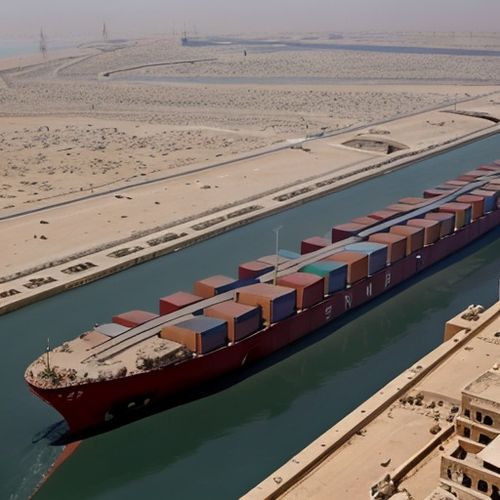
By Sophia Lewis/Apr 5, 2025
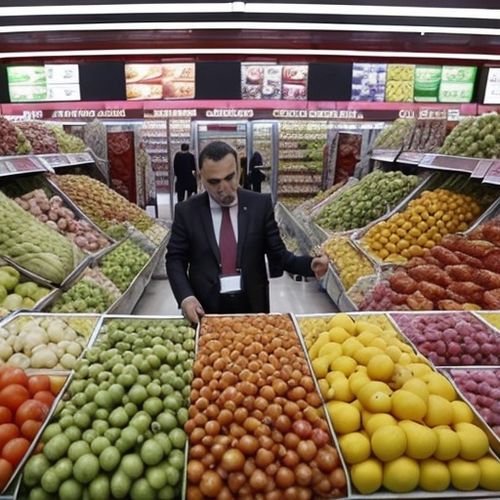
By Jessica Lee/Apr 5, 2025
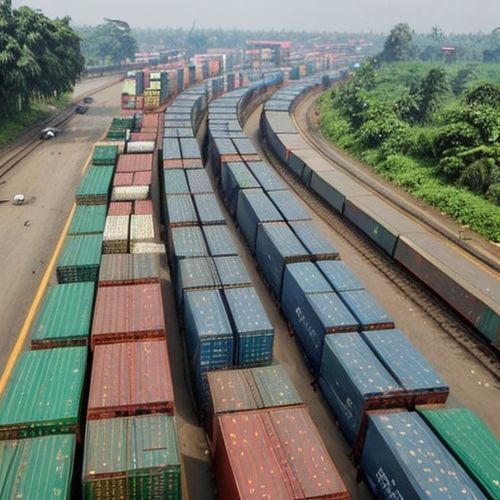
By Emily Johnson/Apr 5, 2025
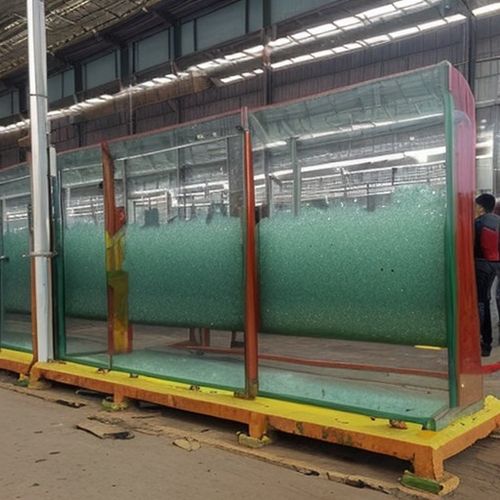
By Sophia Lewis/Apr 5, 2025

By George Bailey/Apr 5, 2025

By Amanda Phillips/Apr 5, 2025

By Emily Johnson/Apr 5, 2025

By Natalie Campbell/Apr 5, 2025

By Sarah Davis/Apr 5, 2025
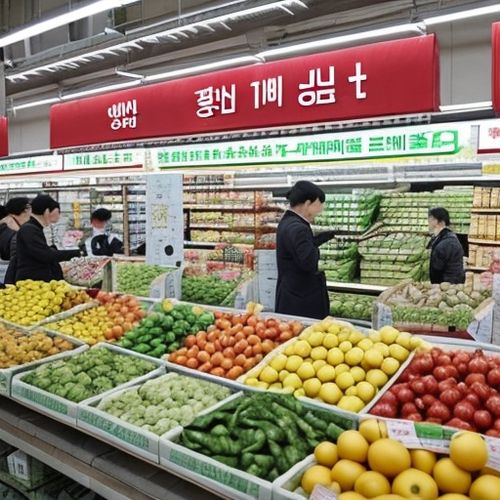
By Laura Wilson/Apr 5, 2025
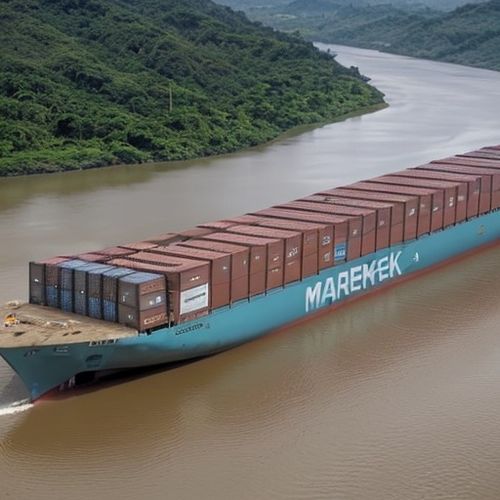
By Samuel Cooper/Apr 5, 2025
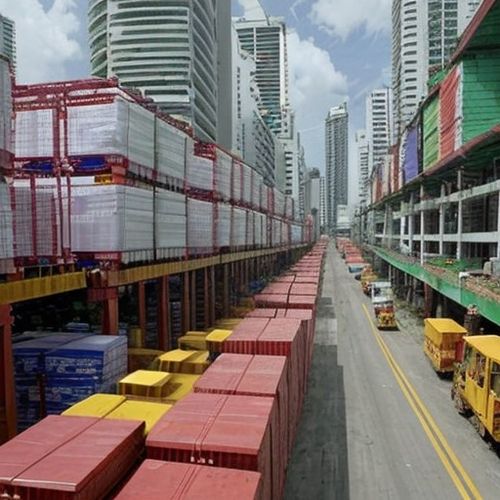
By James Moore/Apr 5, 2025

By Noah Bell/Apr 5, 2025
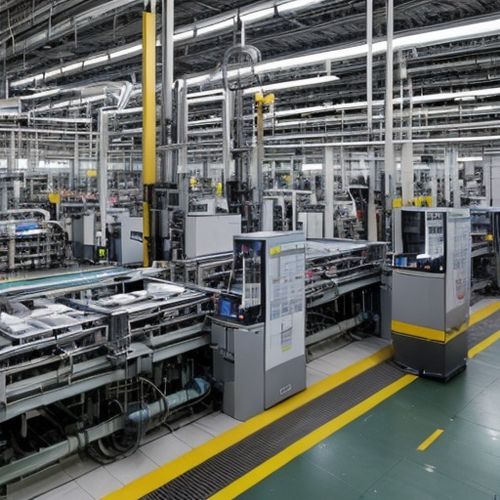
By Sarah Davis/Apr 5, 2025
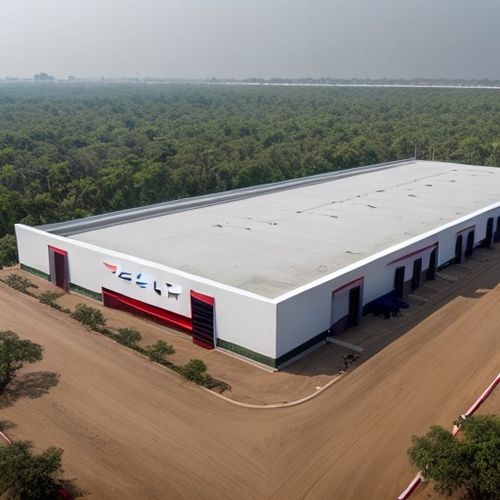
By Ryan Martin/Apr 5, 2025

By Christopher Harris/Apr 5, 2025
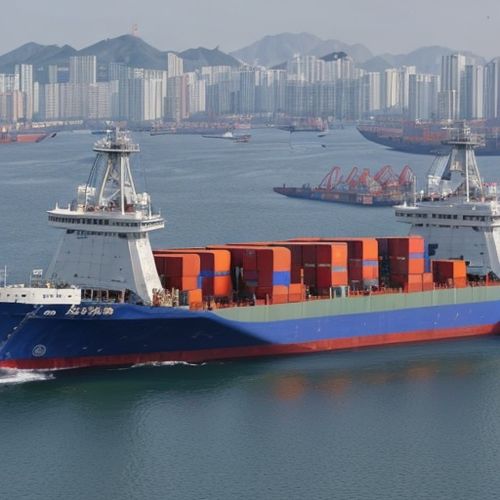
By Noah Bell/Apr 5, 2025

By Thomas Roberts/Apr 5, 2025

By Michael Brown/Apr 5, 2025

By George Bailey/Apr 5, 2025